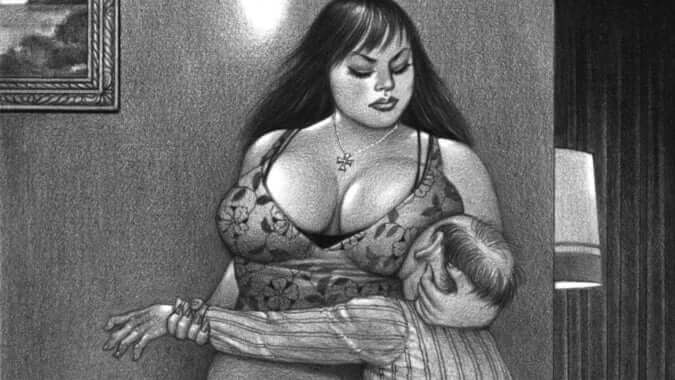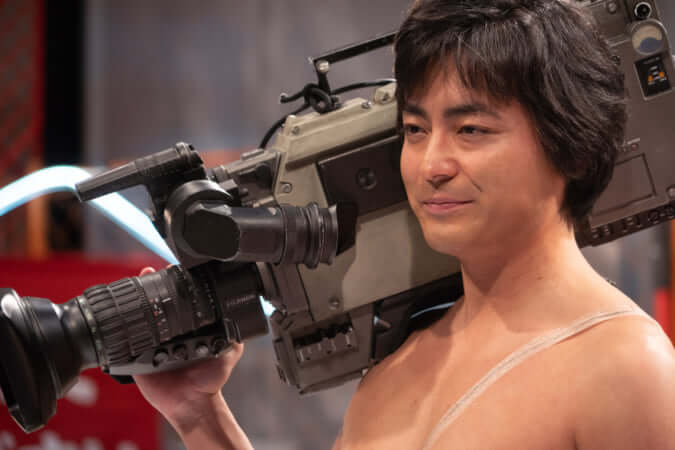Kabuki Prints in the British Museum’s Collection
The London-based museum houses over 300 prints depicting actors practising this traditional Japanese theatrical art.
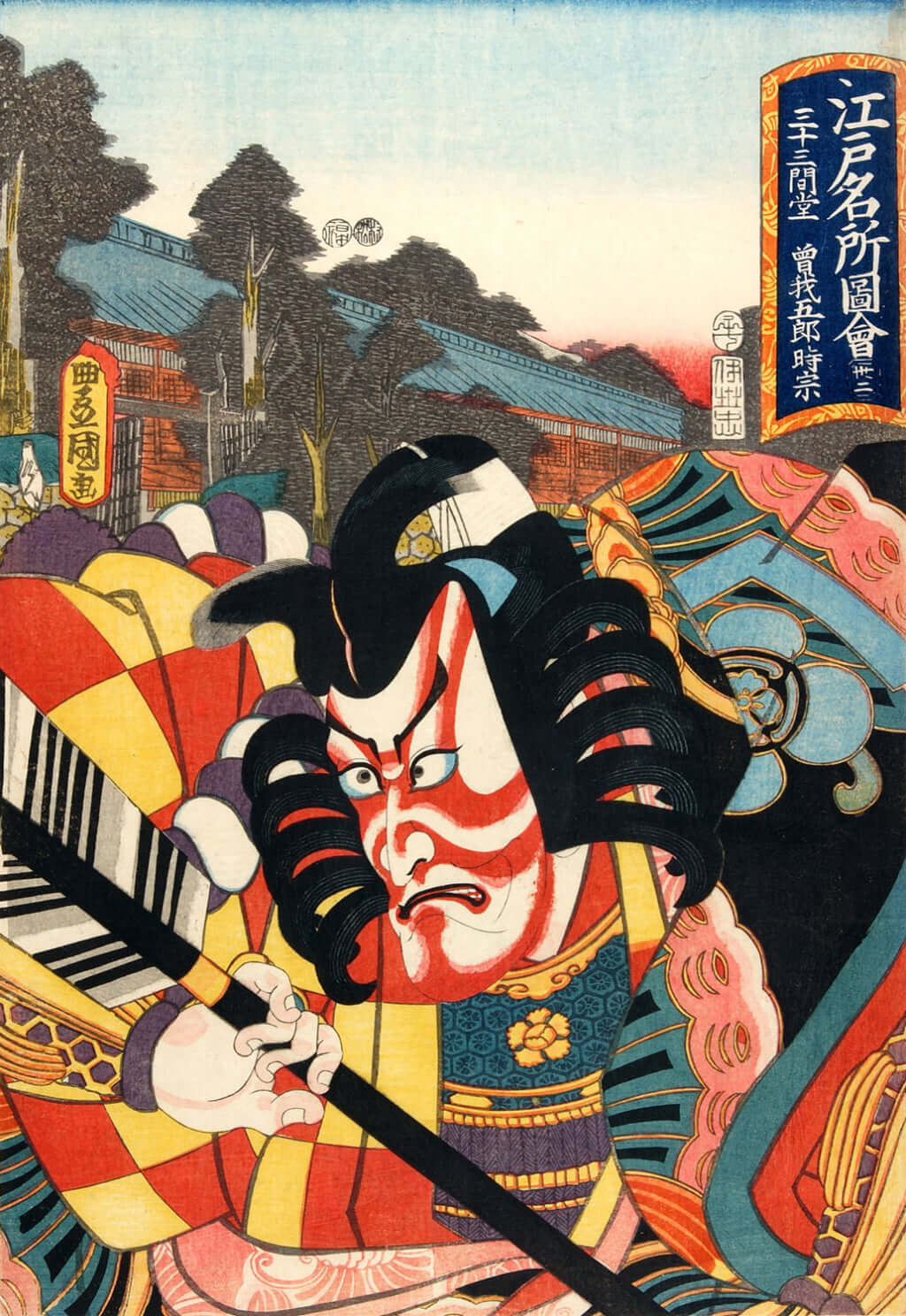
‘Actor Danjuro VII by Utagawa Kunisada’, 1852 © The Trustees of the British Museum
Kabuki, the traditional Japanese epic form of theatre whose golden age lasted from the 1600s to around 1800, depicts male actors who also play female roles.
Works perpetuating the heritage of performing arts
Codified but no less spectacular and extravagant, kabuki came into being on stage and has held onto a trace of its importance through illustrations that capture the wild facial expressions of the protagonists.
Tim Clark, supervisor of the Japanese section of the British Museum, acquired 359 prints which show the kabuki actors’ different facial expressions. These treasures were exhibited in 2019 in the museum’s Mitsubishi Corporation galleries.
The British Museum’s kabuki prints can be found on the museum’s website.
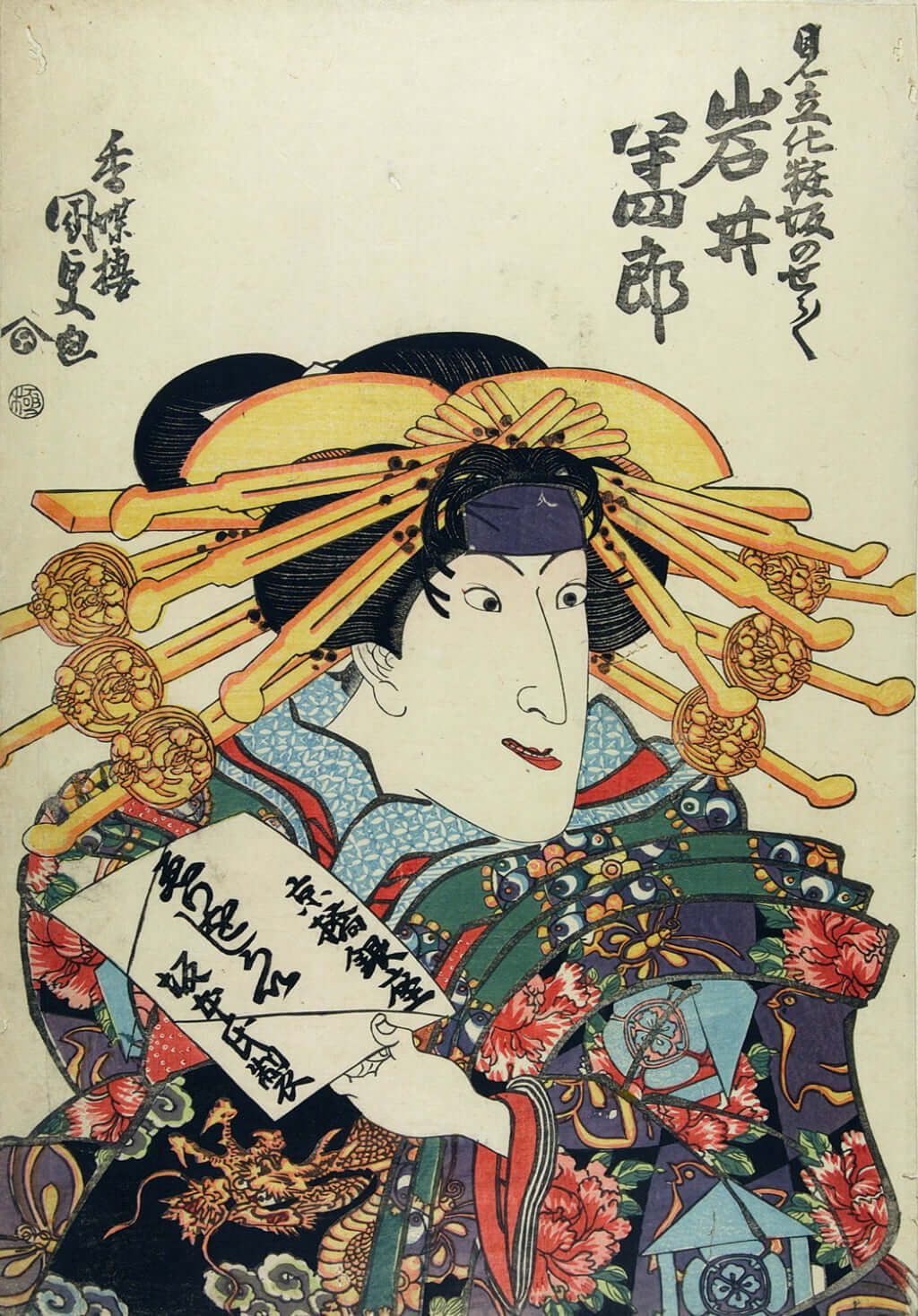
‘The actor Iwai Hanshirō V as the courtesan Keshozaka no Shosho’, 1831 © The Trustees of the British Museum
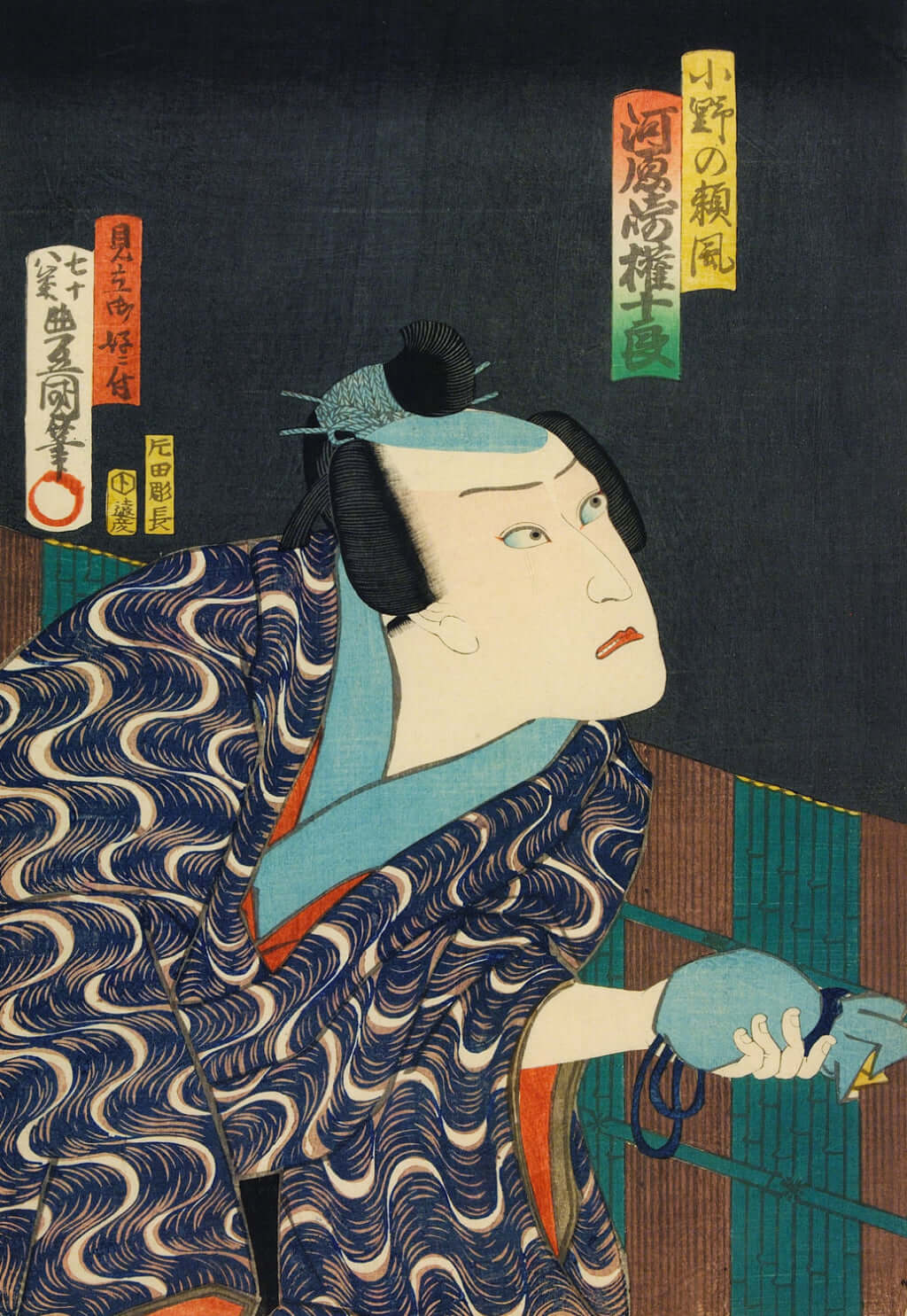
‘Danjūrō IX as Ono no Yorikaze’, 1863 © The Trustees of the British Museum
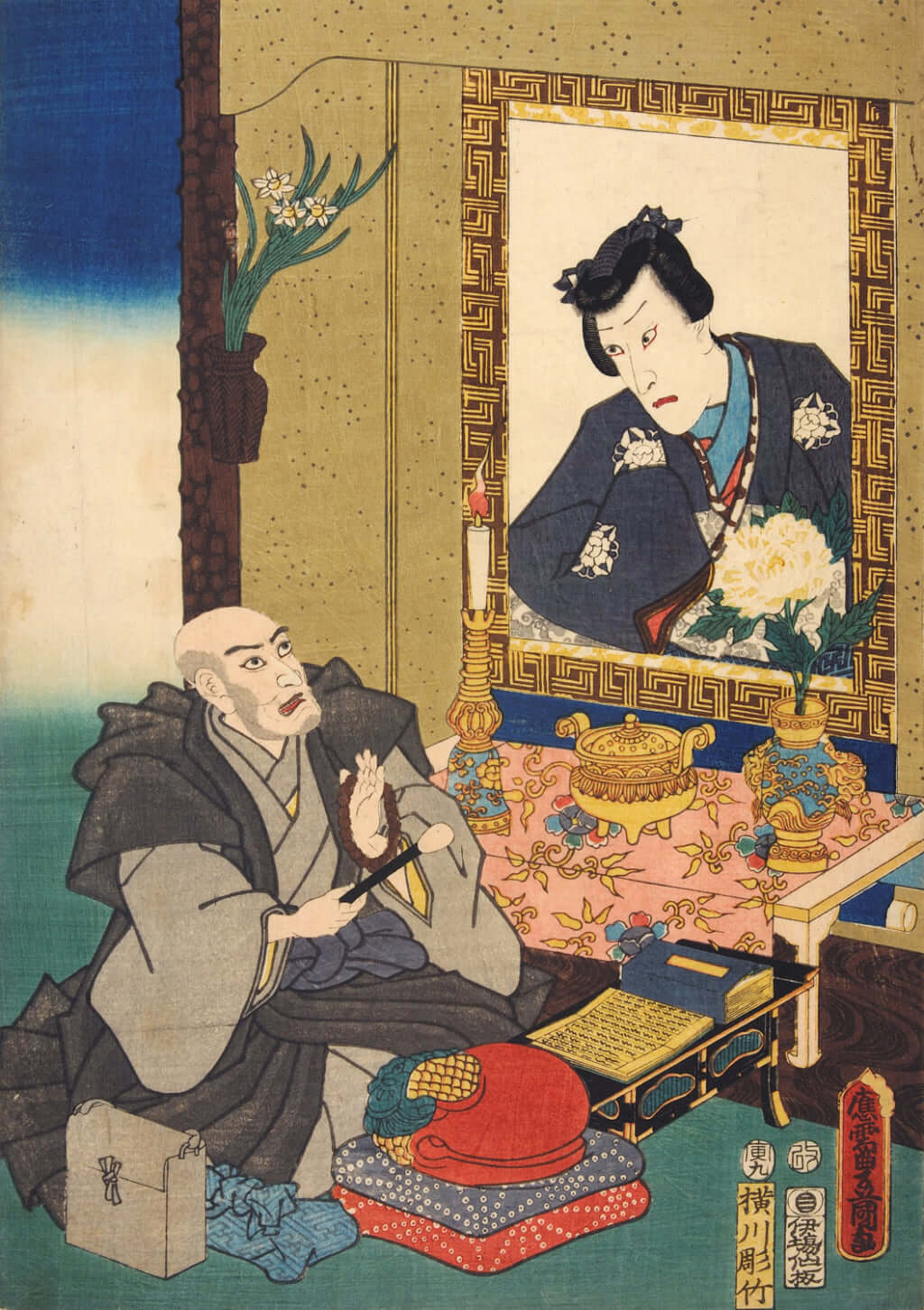
‘Danjūrō VII conducting a Buddhist memorial service before a portrait of his deceased son’, 1854 © The Trustees of the British Museum
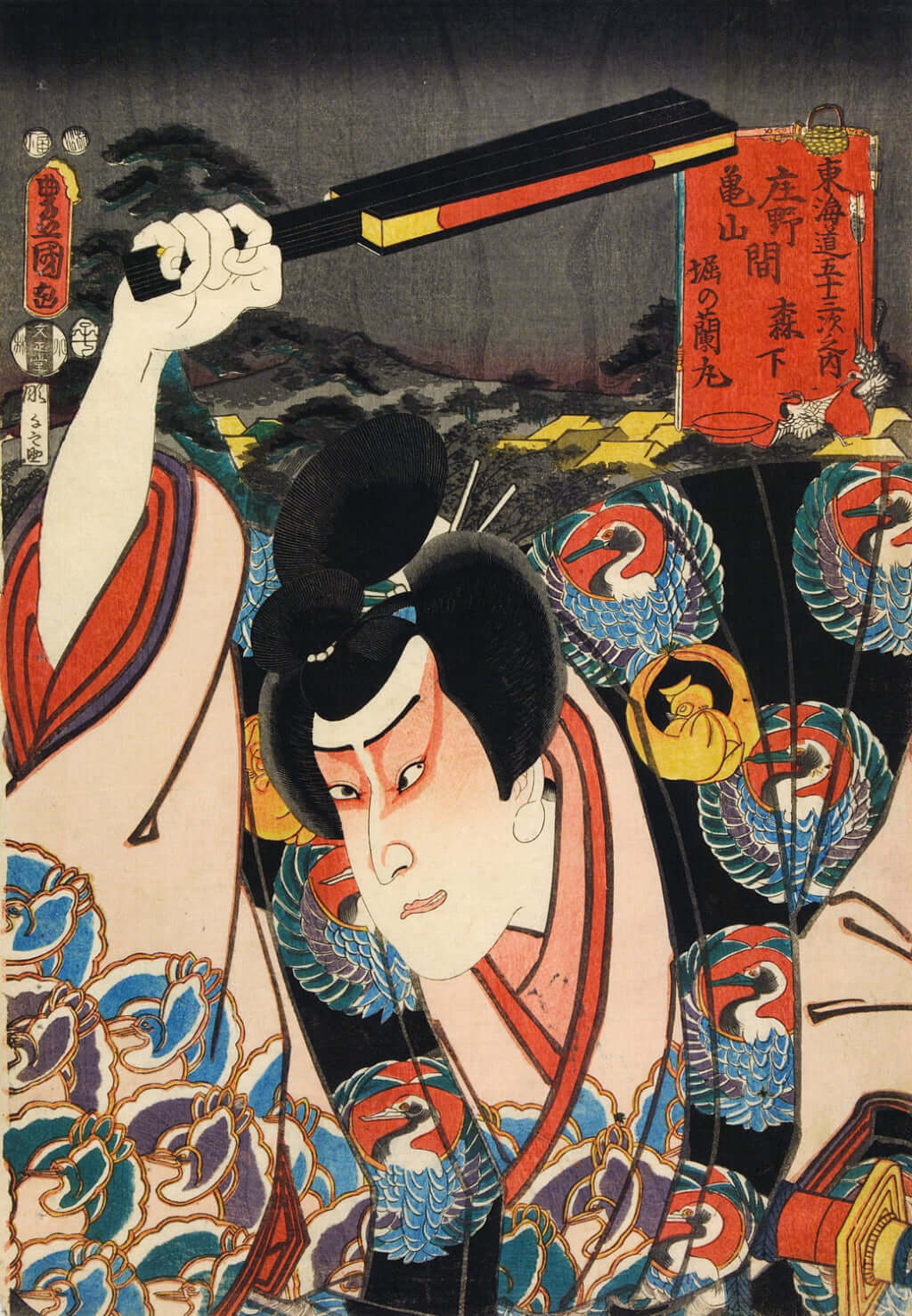
‘Danjūrō IX as Hori no Ranmaru’, 1852 © The Trustees of the British Museum
TRENDING
-
Ishiuchi Miyako, A Singular Perspective on Women
Recipient of the 2024 Women in Motion Award, the photographer creates intimate portraits of women through the objects they left behind.

-
Recipe for Ichiraku Ramen from ‘Naruto’ by Danielle Baghernejad
Taken from the popular manga with the character of the same name who loves ramen, this dish is named after the hero's favourite restaurant.

-
Namio Harukawa, Master of Japanese SM Art
'Garden of Domina' offers a dive into the world of an icon of ‘oshiri’, whose work has now reached a global audience.

-
The Tattoos that Marked the Criminals of the Edo Period
Traditional tattoos were strong signifiers; murderers had head tattoos, while theft might result in an arm tattoo.

-
The Emperor of Japanese Porn is Now the Star of a Netflix Series
Deliciously funny, The Naked Director especially succeeds in reviving the atmosphere that was so characteristic of 1980s Japan.



